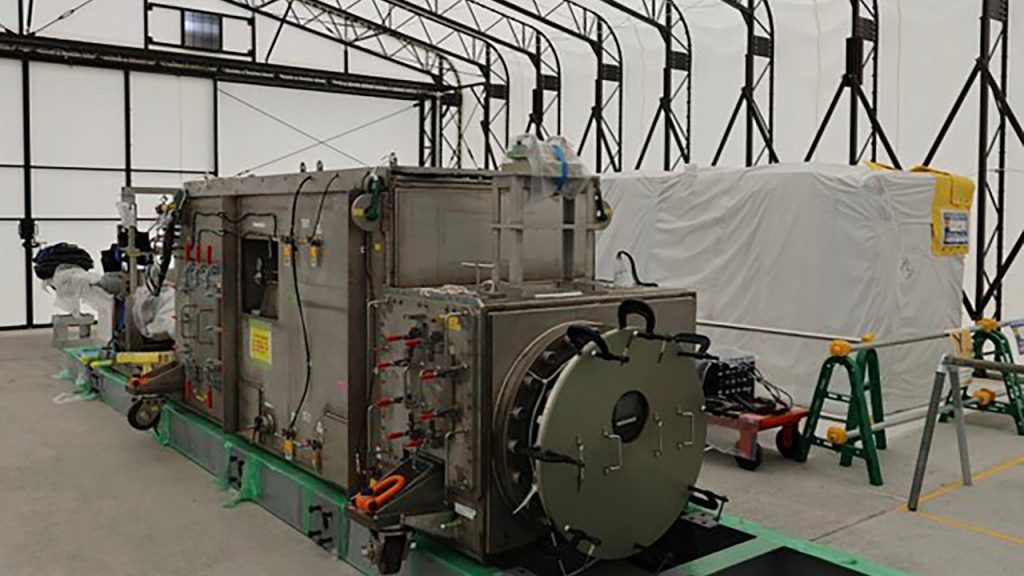A recent attempt to remove a fragment of melted fuel from the Fukushima Daiichi nuclear power plant’s wrecked reactor was suspended due to a technical issue. The debris removal phase is regarded as the most challenging part of the plant’s decades-long decommissioning process, following the destruction of three reactors in the 2011 tsunami disaster. The operation involved the use of an extendable robot equipped with tongs to collect a sample from the surface of the melted fuel mound within the reactor’s primary containment vessel. The robot was remotely operated from a safe location, but the mission had to be stopped due to a mistake in the positioning of pipes used to maneuver the robot, which could not be corrected within the allotted time for radiation exposure.
The Japan’s Tokyo Electric Power Company Holdings (TEPCO) responsible for the Fukushima Daiichi nuclear power plant said that the pipes used to push the robot inside and pull it back out were mistakenly placed in the wrong order, leading to the suspension of the operation. The robot, capable of extending up to 22 meters, had a device equipped with tongs to collect less than 3 grams of highly radioactive molten fuel from the debris inside the reactor. TEPCO spokesperson Kenichi Takahara described the positioning of the pipes as a “basic mistake” and stated that the retrieval mission would only resume once a thorough investigation was conducted to identify the cause of the problem and implement preventive measures to avoid similar incidents in the future.
TEPCO’s President, Tomoaki Kobayakawa emphasized that safety was the priority over rushing the process of debris removal. The goal of retrieving a small sample of the melted fuel debris is to provide essential data for the development of future decommissioning methods, technologies, and robots necessary for the cleanup of the wrecked reactors and the entire plant. The Japanese government and TEPCO have maintained a 30 to 40-year cleanup target despite criticism of its feasibility, with no specific plans yet decided for the full removal or storage of the highly radioactive debris. Experts emphasize the importance of better understanding the melted fuel debris to facilitate the decommissioning process of the Fukushima Daiichi nuclear power plant.
According to TEPCO, the mission to collect a tiny sample of the melted fuel within the reactor and return with it was expected to last for two weeks, but the start date for the operation remains undecided. The operation, once resumed, will provide crucial data that will aid in the long-term decommissioning process of the Fukushima Daiichi plant. Despite challenges and setbacks in the cleanup efforts, including technical issues with the robot used for debris removal, the focus remains on ensuring the safe and effective removal of the highly radioactive material within the reactors. With continued efforts and advancements in technology and robotics, experts believe that progress will be made towards the ultimate goal of decommissioning the Fukushima Daiichi nuclear power plant.


